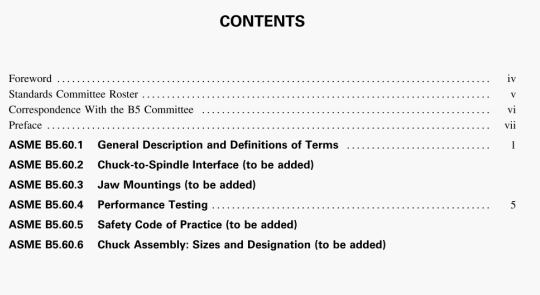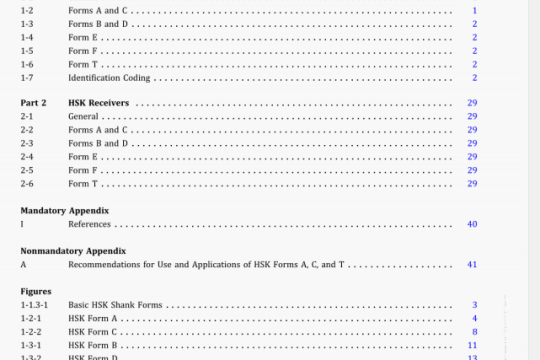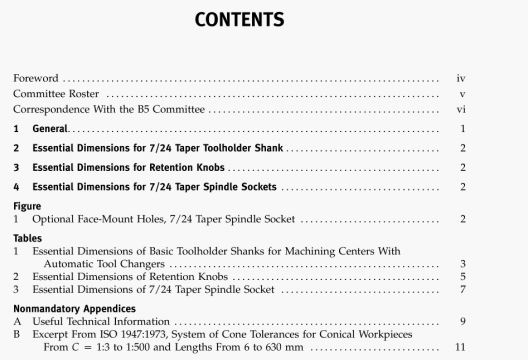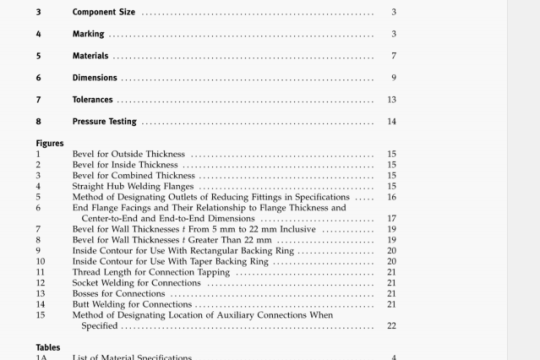ASME B16.34-2020 pdf download
ASME B16.34-2020 pdf download.Valves – Flanged,Threaded, and Welding End.
2.5.2 Other Variances. Damage that may result from subjecting a valve to other operating variances (transients) in excess of its pressure rating is solely the responsibility of the user.
2.5.3 Pressure Testing Limitations. A valve user who conducts a pressure test or causes a pressure test to be conducted on a valve, either a valve alone or one that is installed in a piping system, needs to be concerned with pressure limits imposed by valves conforming to this Standa rd.
2.5.3.1 VaLve in the CLosed Position. In the closed position, a valve subjected to a pressure test at a pressure that exceeds its 38°C (100°F) rating, or, if applicable, exceeds the closed position pressure differential limit shown on its identification plate (see para. 4.3.3), may be damaged. Any damage resulting from such testing is solely the responsibility of the user.
2.5.3.2 VaLve in the Open Position. In the open position, a valve subjected to a pressure test that exceeds the shell test pressure of para. 7.1 may be damaged. Any damage resulting from such testing is solely the responsibility of the user.
2.6 MultipLe MateriaL Grades
Material for valve bodies, bonnets, or cover plates may meet the requirements of more than one specification or the requirements of more than one grade of a specification listed in Table 1. In either case, the pressure—temperature ratings for any of these specifications or grades may be used provided the requirements of para. 5.1 are satisfied; the material is marked in accordance with para. 4.2.8; and account is taken of para. 5.2.2.
(20) 2.7 Operating Conditions
2.7.1 LocaL Conditions. When a valve (or series of valves) is installed in a piping system that operates with different pressures (or temperatures) on either side of the closed valve, it is the responsibility of the user to ensure that the installed valve is suitable for the highest of the rating requirements considering combinations of pressure and temperature.
2.7.2 Trapped Liquids. Some double-seated valves can trap liquid in the center cavity between valve seats. Fluid trapped in the center cavity may render a valve inoperable and may result in pressure boundary failure due to excessive pressure buildup. Conditions that can result in valve damage from trapped fluid include thermal expansion from temperature increase and expansion of water from freezing conditions. Conditions that can result in an inoperable valve include liquids that become solid when cooled to ambient temperature and chemical reactions that change liquids to solids. Where such conditions are specified by the purchaser, the manufacturer shall ensure the valve provided is suitable.
4.4 Conformity
4.4.1 Designation. Valves conforming to Standard Class requirements shall include the designation “816.34” on the identification plate. For Special Class valves, the identification plate shall include the designation “B 16.34 SPL.” For Limited Class valves, the identification plate shall include the designation “B 16.34 LTD.” The use of the prefix “ASME” to these designations is optional.
4.4.2 CompLiance. The “816.34” identification marking of para. 4.4.1 designates that the valve was manufactured in conformance with ASME 816.34.
5 MATERIALS
5.1 GeneraL
The body, bonnet or cover, body joint bolting, and body- bonnet or cover bolting shall be constructed of materials as listed in the respective ASTM specifications referred to in Table 1. Identical materials in accordance with ASME BPVC, Section II may also be used for these parts.
5.1.1 AppLication. It is not required that identical material or material form be used for body and bonnet or cover parts. The rating applied, however, shall be based on the valve body. The bonnet or cover shall be designed and material selected so as to comply with the body pressure—temperature rating. Selection of stems, disks, and other parts, such as bonnet gaskets and bolting, subject to pressure and other loading, must be consistent with the applicable valve pressure—temperature rating.
5.1.2 Carbon SteeL Bonnet or Cover BoLting. It is permissible to use carbon steel, for example, ASTM A307, Grade B, for bonnet or cover bolting only for Class 300 and lower, provided the service temperature is limited to 200°C (400°F) and marking is in accordance with para. 4.3.3.
5.1.3 Investment Castings. When investment castings are used for bodies, bonnets, or cover plates of valves NPS 4 and smaller where the ratings do not exceed Class 600, the requirements of the ASTM specifications referred to in Table 1 shall be met, except that it is permissible to determine mechanical and chemical properties from a master heat and to use a 25 mm gage length x 6.25 mm diameter (1 in. x 0.25 in. diameter) tensile specimen in place of the standard 2 in. tensile specimen. A master heat is previously refined metal of a single furnace charge.




